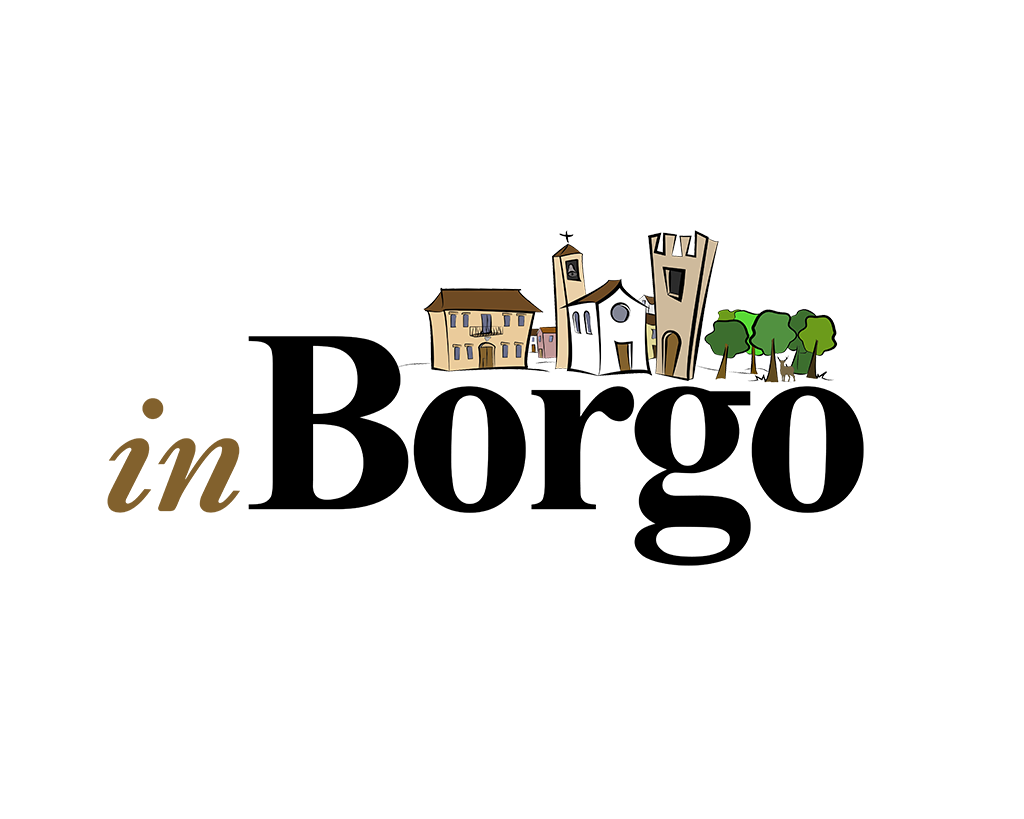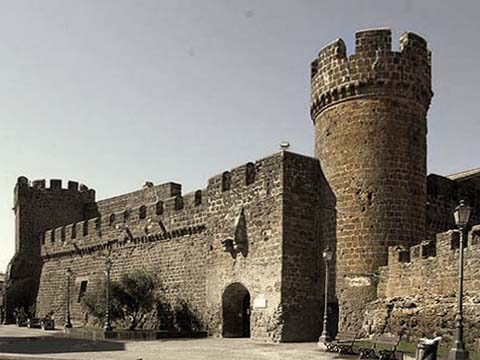
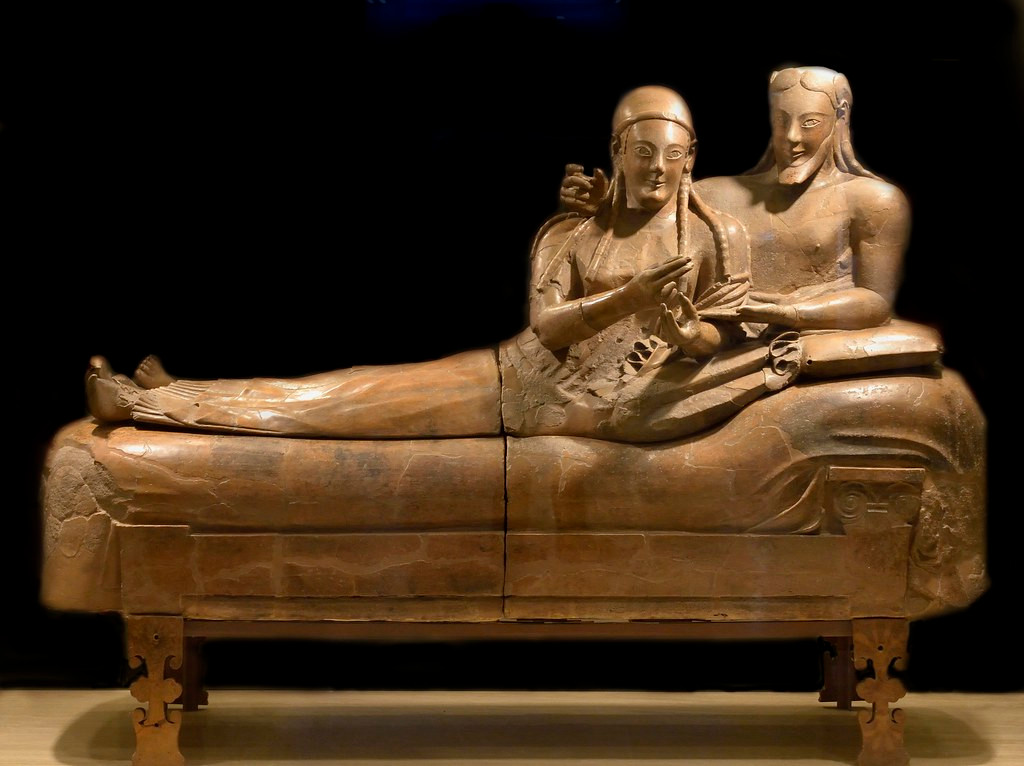
Descrivere Cerveteri e le sue origini in questo spazio è cosa piuttosto ardua, quindi vi daremo solo alcuni accenni invitandovi a scoprire prima di tutto la città e le sue necropoli e poi ad approfondire in testi più completi la sua storia millenaria che parte dal IX secolo A.C. e precisamente all’età del ferro.
Essa fu prima insediamento dei Greci, ed infatti il suo nome antico era Agylla, Mentre per gli Etruschi divenne Caere.
Fu sempre al centro di conflitti tra 2 fazioni per ragioni legate al commercio: prima tra etruschi e greci ed in seguito tra etruschi e romani.
Fu antagonista di Roma per il controllo dell’Italia centrale, anche se accorse in suo aiuto quando Roma fu saccheggiata dai Galli.
Ebbe ben 8 vescovi e diversi signori che la regnarono durante il medioevo: Tra questi i Normanni Alberteschi, i Corsi, i Venturini, per arrivare agli Orsini ed infine ai Ruspoli dei quali è visitabile il loro Palazzo. Eretto dagli stessi fu il Granarone, ora sede del comune. Da non dimenticare la Rocca e il palazzo comunale vecchio. Lunghissimo è l’elenco delle chiese presenti in città. Tra questi sono da sottolineare la Chiesa di Santa Maria Maggiore dell’anno 1000, il piccolo santuario della Madonna dei Canneti, la Chiesa di San Michele Arcangelo (patrono della città) e molte altre. Ma Cerveteri è soprattutto nota per le necropoli Etrusche. Tra esse la più importante è senza dubbio la Necropoli della Banditaccia dichiarata patrimonio mondiale dell’Umanità. In questo luogo fu ritrovato il Sarcofago degli Sposi ora esposto nel museo Etrusco di Villa Giulia a Roma. Ha dimensioni gigantesche di circa 100 ettari, anche se quelle visitabili ( zona del recinto), sono di circa 10 ettari e contengono circa 2000 tombe.
Da percorrere la via degli Inferi, una strada di collegamento con la vecchia città di Caere con questa necropoli. Molto suggestiva.
Describing Cerveteri and its origins in this page is rather difficult, so we will give you just a few hints, inviting you to discover first of all the city and its necropolises and then to deepen in more complete texts its millenary history that starts from the 9th century BC. and precisely at the Iron Age.
It was the first settlement of the Greeks, and in fact its ancient name was Agylla, while for the Etruscans it became Caere.
It was always at the center of conflicts between 2 factions for reasons related to trade: first between Etruscans and Greeks and later between Etruscans and Romans.
He was Rome’s antagonist for the control of central Italy, although he came to his aid when Rome was sacked by the Gauls.
It had as many as 8 bishops and several lords who reigned it during the Middle Ages: among these the Normans Alberteschi, the Corsi, the Venturini, to get to the Orsini and finally to the Ruspoli whose palace can be visited. Built by the same was the Granarone, now the seat of the municipality. Do not forget the Rocca and the old town hall. The list of churches in the city is very long. Among these are the Church of Santa Maria Maggiore from the year 1000, the small sanctuary of the Madonna dei Canneti, the Church of San Michele Arcangelo (patron saint of the city) and many others. But Cerveteri is above all known for the Etruscan necropolis. Among them, the most important is undoubtedly the Necropolis of Banditaccia declared a World Heritage Site. In this place the Sarcophagus of the Spouses was found, now exhibited in the Etruscan museum of Villa Giulia in Rome. It has huge dimensions of about 100 hectares, even if those that can be visited (area of the enclosure), are about 10 hectares and contain about 2000 tombs.
To go along the via degli Inferi, a road connecting the old city of Caere with this necropolis. Very suggestive.
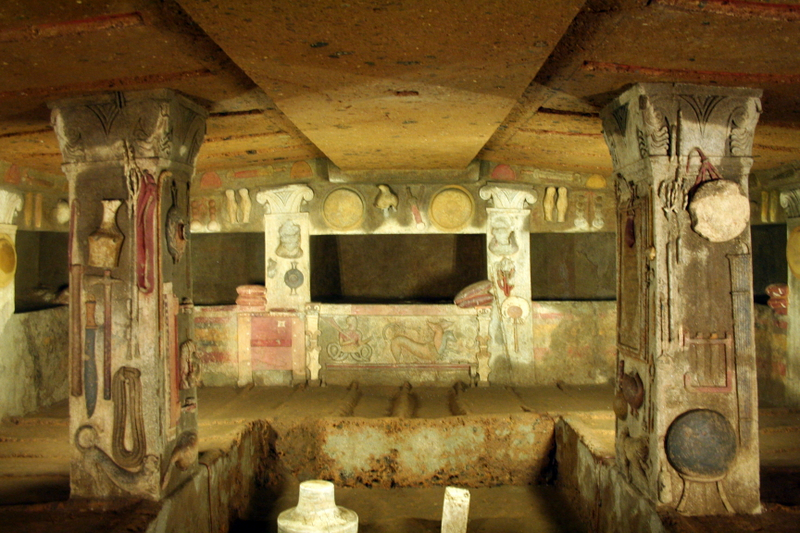
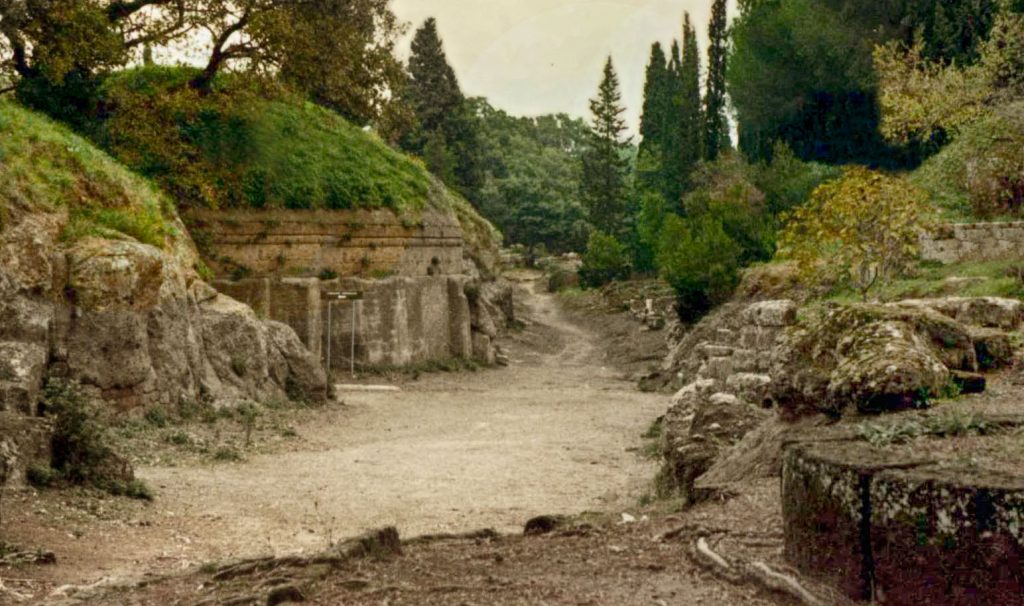
Comune di Cerveteri
